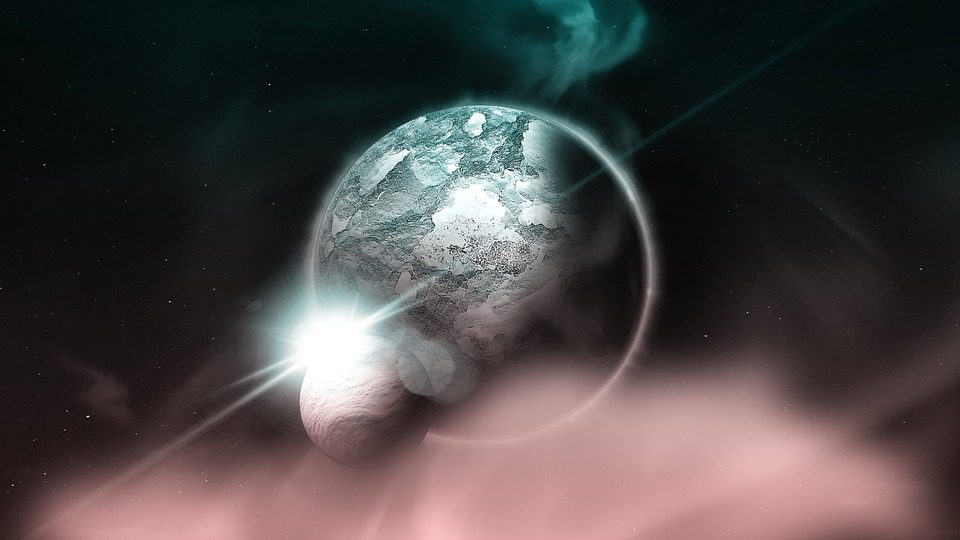Discovered on Pluto by NASA’s New Horizons probe, this landscape of enormous ice volcanoes looks unlike like anything we’ve ever observed in our solar system.
There are several frozen objects in the Kuiper Belt, but this dwarf planet is the largest of them all. It is located on the border of our solar system. This is the ice planet, where the mean temperature is minus 387 degrees Fahrenheit or minus 232 degrees Celsius.
The area is situated southwest of the Sputnik Planitia ice cap, which encompasses an impact basin that is 621 miles (1,000 kilometers) broad. Volcanic domes dot the surface, which is mostly comprised of lumpy water ice.
This is not the first time ice volcanoes have indeed been spotted beyond our solar system. They produce new topography by transferring materials from the subsoil to the upper layers of the earth’s crust. This time this was water that turned to ice as soon as it hit Pluto’s icy crust.
In spite of the planet’s rocky center, researchers had previously assumed that Pluto’s interior was lacking in heat, which is necessary for active volcanoes. There must have been a number of explosions to build the area scientists analyzed.
As can be observed over Pluto’s surface, there are no crash sites in this region. This shows that perhaps the ice volcanoes have been erupting very recently, and the core of Pluto is warmer than anticipated.
Since the ice volcanoes were erupting just 100 million – 200 million years ago, it is possible that they originated in many events. When the frozen debris spilled out of the volcanic vent upon Pluto, it was presumably a mushy mixture of ice plus water, or more like paste. Huge domes and bumpy topography all across this area are the results of materials’ movement in certain circumstances.
Getting a spacecraft to the faraway planet would be necessary to investigate Pluto’s interesting subsurface.
The findings wre published in the journal Nature Communications.












Leave a Reply